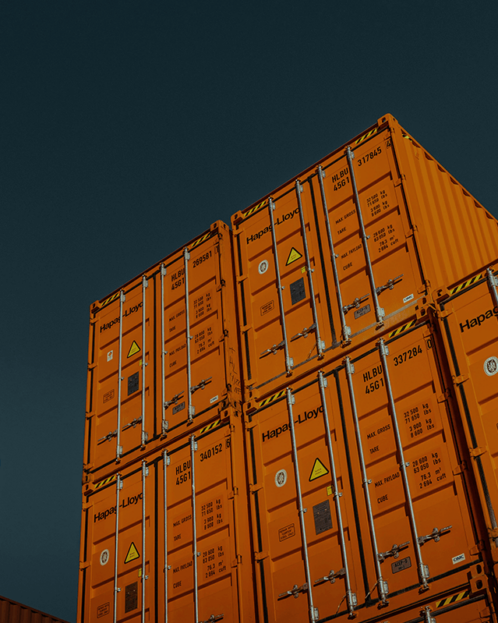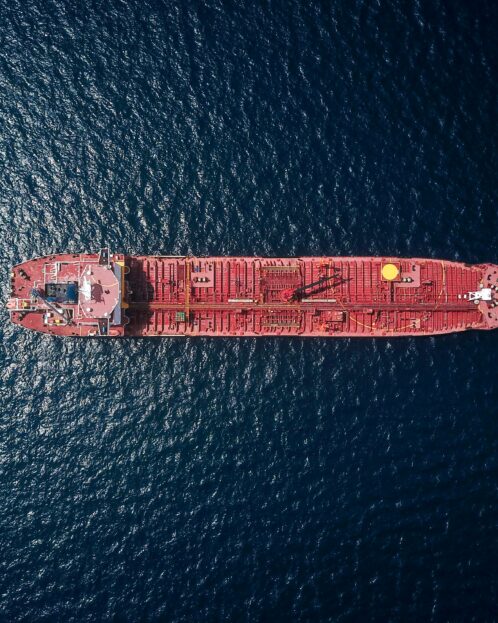03 March 2020
The goal of offsets is to provide the largest net gain in reducing pollution at the lowest possible cost. NineSquared is collaborating with the University of the Sunshine Coast to examine opportunities to integrate both nitrogen and carbon offsets into sustainable aquaculture systems, enabling the growth and diversification of commercial products to traditional markets as well as the potential trading of nitrogen and carbon on offset markets.
Use of offsets and ‘Cap and Trade’ Systems
In environmental policy, market-based instruments such as ‘cap and trade’ and ‘offsets’ use markets, price, and other economic variables to provide incentives for industries to reduce or eliminate detrimental environmental emissions.
These instruments have proven effective because they place a tangible value on a pollutant. This can be a cost-effective method for achieving pollutant reductions, particularly if the price of the offset is less than potential alternate measures required to treat or mitigate the emission. The most attractive characteristic of market-based instruments is that the incentives provide a vehicle for shifting pollution management effort to those areas that can make the largest net gain in reducing pollution at the lowest cost.
Market-based instruments are employed around the globe across a range of pollutants, most recently in the areas of:
- carbon emissions through a ‘cap and trade’ system, adapted in Australia to a baseline and credit mechanism.
- Similar systems have also been implemented in several Australian states as a way of managing water quality, primary nitrogen pollution, from point-source discharges and diffuse catchment pollution.
- Cap and trade systems through trading or approved offsets offer flexible options for point-source operators to meet their water emission discharge requirements in a more cost-effective way that maximises the ecological benefits and whole of catchment outcomes.
The use of offsets provides an avenue to reduce the overall cost of achieving a given emission target particularly when the cost of the offset is less than the cost of on-site mitigation. Emitters purchase credits supplied by offsets from approved abatement projects, most notable in the carbon space through the Emissions Reduction Fund (ACCU – Australian Carbon Credit Units).
A by-product of many offset schemes is the potential for projects to deliver incentives and sustainability benefits beyond the offset objective through the development of technology, alternative income streams, biodiversity protection or restoration, and overall consumer behavioural change. In particular, Queensland’s Land Restoration Fund supports projects which clearly demonstrate additional environmental and socio-economic benefits (‘co-benefits’).
Marine offsets set to expand – a case for seaweed
Whilst most offset projects across Australia are focused on land (conservation and reforestation, agricultural stock management and savannah burning programs), interest is growing in the use of offsets in the marine environment (so called “blue carbon”). In particular, there is a growing need for alternative approaches to treat nutrients, primarily nitrogen, attributed to point source pollution from sewage treatment plants and diffuse catchment pollution from agricultural and urban catchments.
The use of marine plants such as seaweed has been touted as one of the most effective biological means for extracting nutrients and has been used in aquaculture systems around the world as a biofilter to remove nitrogen from the aquatic environment.
As governments and industry look towards more ecological solutions for the management of waste streams and improvements in water quality, seaweed farming presents a unique opportunity to be considered as a viable nutrient offset. Additionally, the utilisation of existing shellfish aquaculture systems to farm a combination of shellfish and seaweed could see an opportunity for both carbon and nutrient offsets providing additional revenue to support the growth of a sustainable domestic industry with minimal waste generation.
How would carbon and nitrogen values differ?
There are environmental and financial benefits associated with both carbon and nitrogen offset opportunities. However, our investigations demonstrate that nitrogen offsets, based on average global treatment costs of $30/kg nitrogen, have a potential offset value significantly higher than carbon (current market value $14 per tonne), as well as traceable environmental and economic benefits at the local and regional scales, and the potential for greater renumeration through an offset market mechanism.
These values may change due to market influences i.e. the carbon abatement price is dictated by a six monthly auction held by the Clean Energy Regulator and nitrogen discharge may also become a freedom to operate issue for sewage treatment plants, local councils and land-based agriculture and aquaculture as they look for ways to achieve net zero nitrogen under different growth scenarios.
Next Steps – economic modelling of the whole enterprise
Integrating multiple offset opportunities is complex; requiring an initial review of individual regulatory frameworks followed by the identification of regulatory synergies where frameworks can be effectively incorporated to achieve mutualistic outcomes.
Projects addressing multiple offset areas (i.e. targeting both nitrogen and carbon sequestration) have not been considered in the areas of sustainable aquaculture. The aquaculture industry in Australia has a unique opportunity to develop a new value proposition through ecosystem services such as carbon sequestration and nitrogen removal.
Essentially the industry can grow existing no-feed products, with benefits to food and nutrition security as well economic and social development in regional areas. However, to do this we need to move beyond financial balance sheets to develop economic models that can be tailored to assess feasibility of these concepts across the country. These economic models will need to consider the opportunities for additional revenue from tradeable environmental offsets (or combination of) and other social, environmental and economic co-benefits, against the costs of diversifying and growing the industry to encompass seaweed and shellfish. NineSquared in collaboration with USC will be developing the economic model in the first half of 2020.
Download the report
For further insights, download the full report which details:
- the market-based mechanisms utilised for both carbon and nutrient pollution in Australia;
- the regulatory and non-regulatory pathways involved;
- the roles for communities and businesses at opposite ends of the offset value chain; and
- the economic benefits and constraints for delivering offsets through sustainable aquaculture systems along our coastline.
Carbon and Nitrogen Marine Offsets Synergies in Australia’s Regulatory Framework
Connect with our team
Contact





 Discover more Insights
Discover more Insights